
My name is Estefania Sanchez. I am 21 years old and currently majoring in broadcast journalism at Southern Adventist University. I am the daughter of two hard-working parents and the second of four children. I come from a Mexican background and was raised to love, respect and appreciate all people.
From a very young age, I was taught that the world is a place full of many beautiful things; and as a result, I have fallen in love with learning. My interest in discovering new things has ignited in me a passion for traveling. I have had the privilege of indulging in the beauty of many places inside and outside of the country. However, I can confidently say that my favorite location is Chiang Mai, Thailand.
My trip to Thailand confirmed that I had a heightened interest in photography and writing. There was something about being able to capture a single moment in a photo or a piece of writing that was magical. It allowed me to share my story and the story of others with people that weren’t there in the moment. I strongly believe that this is one of the greatest treasures a person can possess. Being able to convey stories to others so that they may feel as if they were there is truly a gift that I would not trade.
Over the course of this semester, and through this project, I hope that I can deliver a voice and visualize to people of the world that diversity is beautiful.


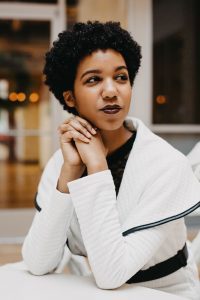
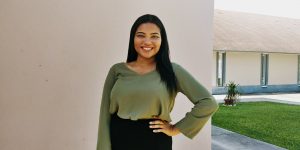

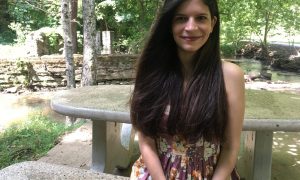
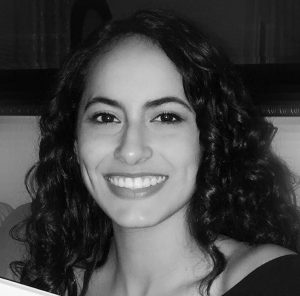
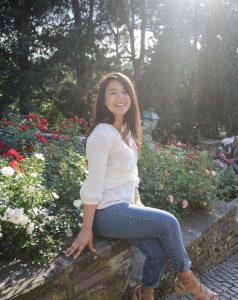
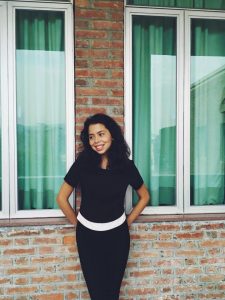 My name is Paola Mora and I had a problem with belonging.
My name is Paola Mora and I had a problem with belonging.